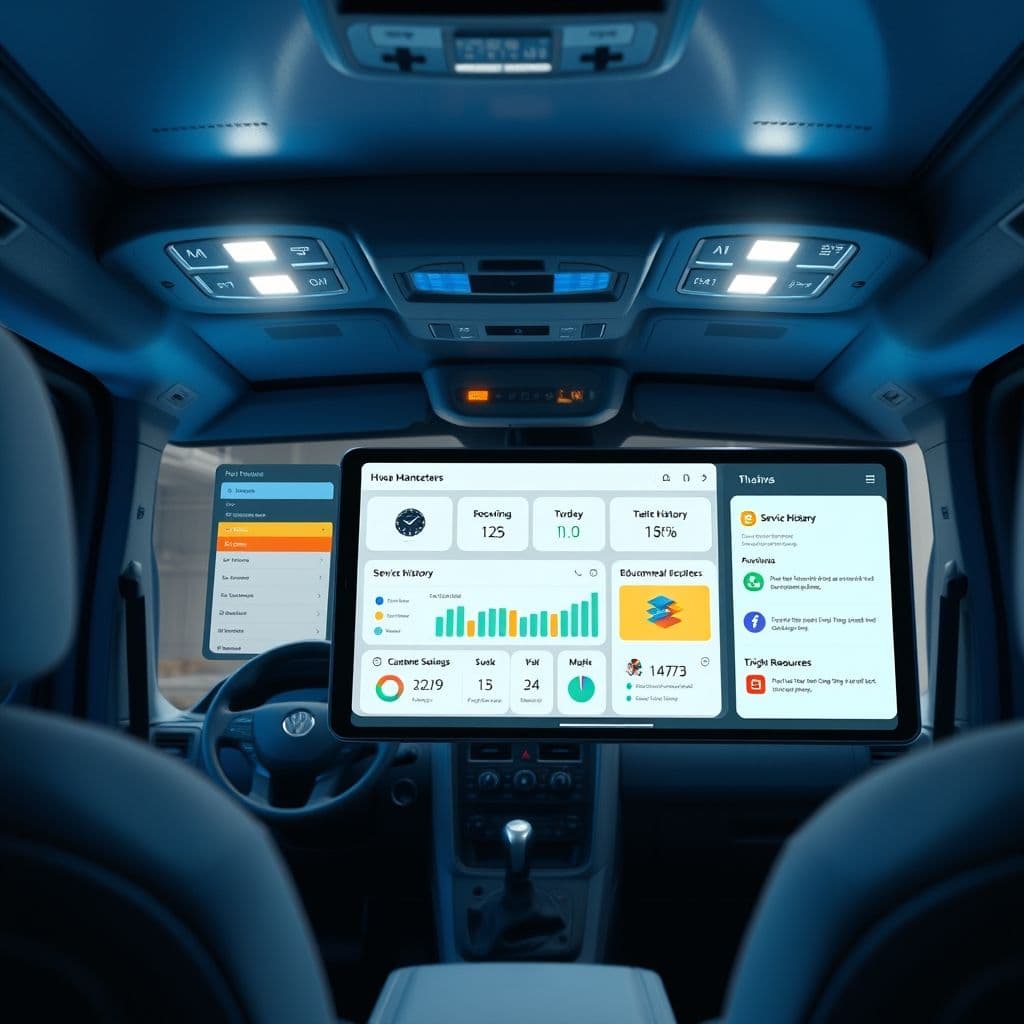The Hidden Struggles of HVAC Business Owners and a Potential SaaS Solution

Running an HVAC business comes with unique challenges that go beyond just fixing heating and cooling systems. From dealing with unreasonable customer demands to managing communication breakdowns, many HVAC business owners find themselves overwhelmed by the customer service aspect of their work. In this article, we'll explore these pain points in depth and propose a hypothetical SaaS solution that could transform how HVAC professionals interact with their clients.
The Problem: Customer Communication Challenges in HVAC
HVAC business owners frequently face situations where customers don't understand the technical aspects of their systems or the value of professional service. Common issues include customers blaming technicians for problems caused by cheaper competitors, unrealistic expectations about pricing and service timelines, and fundamental misunderstandings about how HVAC systems work. These communication breakdowns lead to frustration on both sides, wasted time, and sometimes even lost business.
The problem is compounded by the fact that HVAC issues often arise during inconvenient times (late nights, weekends, extreme weather conditions) when emotions run high. Technicians find themselves explaining the same basic concepts repeatedly, dealing with customers who've made poor decisions based solely on price, and sometimes facing verbal abuse for situations beyond their control.

Idea of SaaS: A Communication Platform for HVAC Businesses
A potential SaaS solution could address these challenges through a specialized platform designed specifically for HVAC businesses. This hypothetical system would include features like automated customer education modules, service recommendation tools with transparent pricing explanations, and communication templates for common scenarios. The platform could integrate with existing scheduling and CRM systems to create a seamless workflow.
Key features might include: pre-service educational videos that customers must watch before appointments, automated follow-ups that explain warranty and service limitations, a knowledge base for customers to reference common issues, and a communication portal that maintains clear records of all interactions. The system could also provide technicians with quick-access scripts for explaining technical concepts in layman's terms.

Potential Use Cases and Benefits
Imagine a scenario where a customer receives an automated message after booking service, explaining common HVAC misconceptions and what to expect from the visit. When the technician arrives, they can pull up the customer's history and see they've watched the educational materials. For the customer who blames your company for another provider's mistakes, the system could automatically generate and send a polite but firm response with documentation of your original recommendations.
The benefits of such a system would include reduced miscommunication, fewer unreasonable customer demands, better-educated clients who understand the value of your service, and significant time savings for technicians who wouldn't need to repeatedly explain basic concepts. It could also help with upselling services by providing customers with clear, visual explanations of recommended upgrades or maintenance.
Conclusion
The challenges HVAC business owners face with customer communication are real and significant, but they're not insurmountable. While this SaaS solution is currently hypothetical, it represents the kind of specialized tool that could transform the industry by addressing these pain points directly. By improving customer education and standardizing communication, HVAC businesses could focus more on quality service and less on managing unreasonable expectations.
Frequently Asked Questions
- How difficult would it be to implement this kind of SaaS for HVAC businesses?
- While development would require specialized knowledge of both HVAC operations and customer service challenges, the technical implementation could build on existing CRM and communication platforms. The biggest challenge would be creating content that effectively educates customers without overwhelming them.
- Wouldn't customers resist having to watch educational materials before service?
- This is a valid concern, but the materials could be presented as value-added content rather than requirements. Many customers actually appreciate learning more about their systems when the information is presented clearly and accessibly.
- How could this SaaS help with the pricing objections HVAC businesses often face?
- The platform could include tools that visually demonstrate why certain services cost what they do, comparisons of different service levels, and explanations of how proper maintenance saves money long-term. Transparency often reduces pricing objections.


